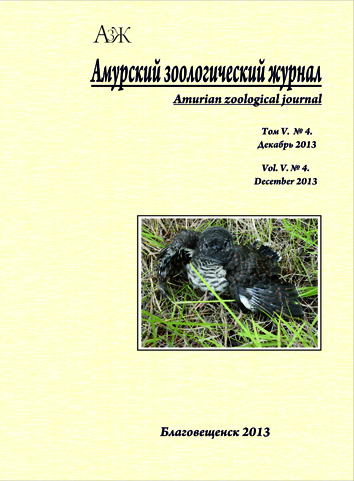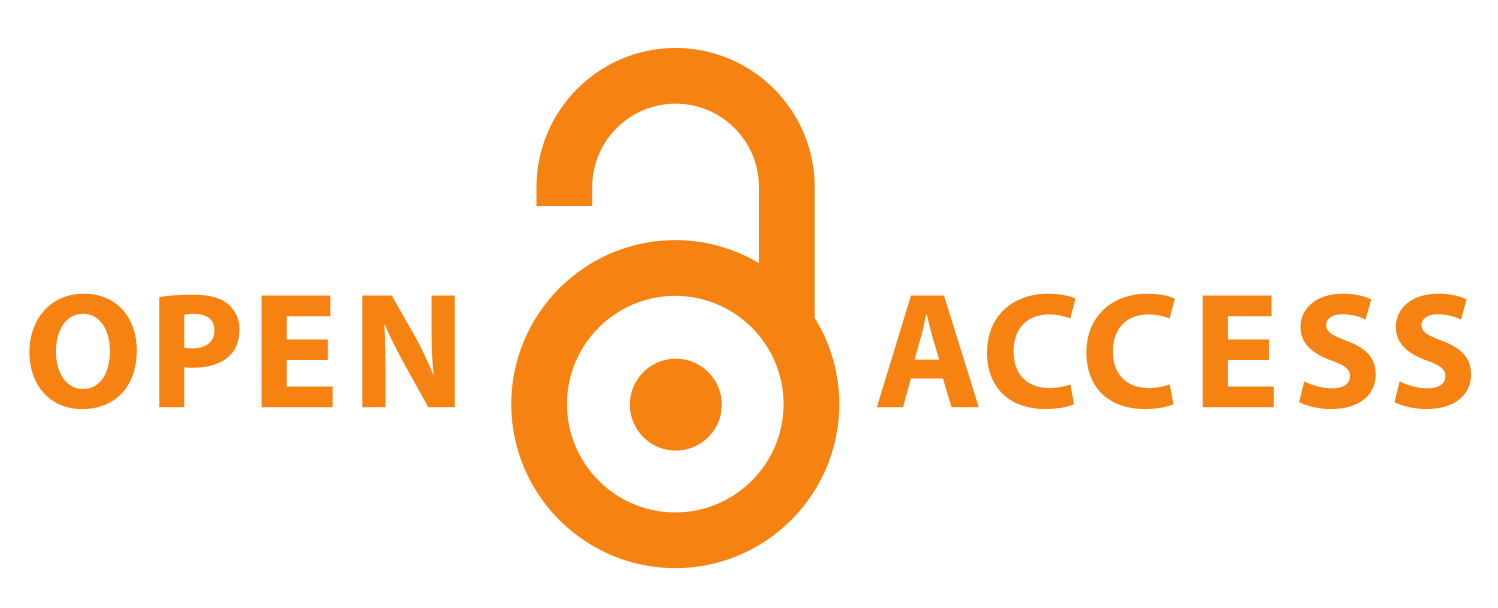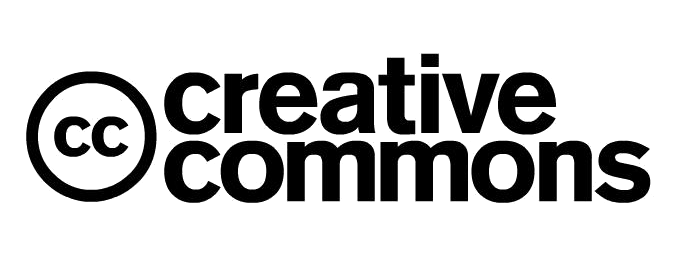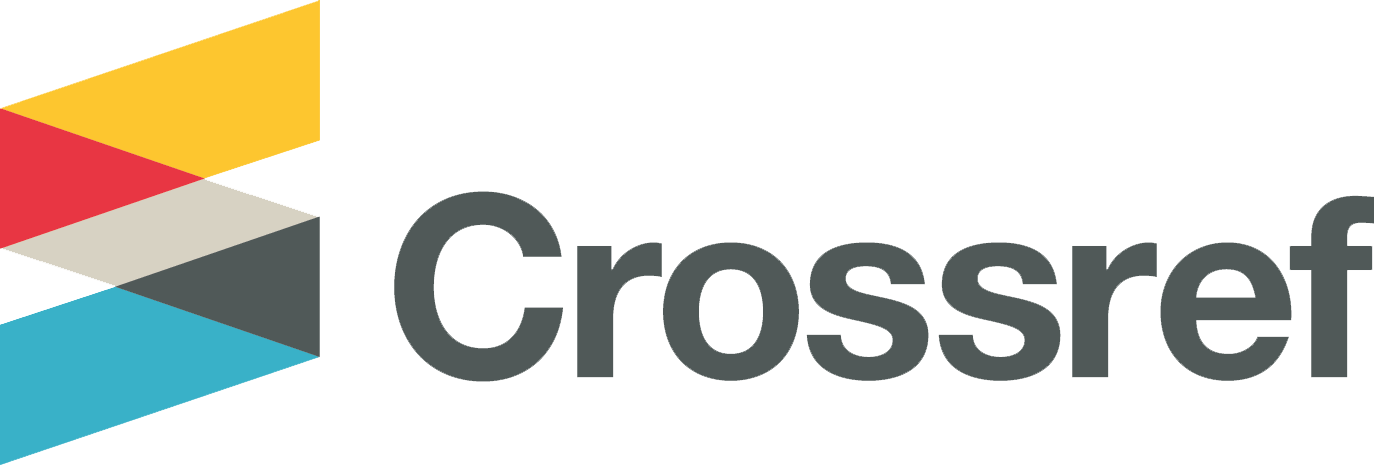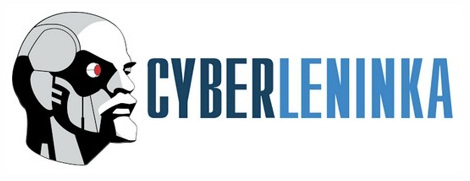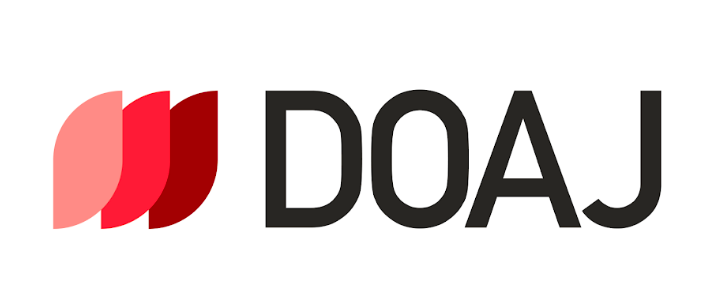MORPHOLOGICAL CHARACTERISTICS OF SIBERIAN GUDGEON GOBIO CYNOCEPHALUS DYBOWSKI, 1869 (CYPRINIDAE: GOBIONINAE) FROM THE ZEYA RIVER BASIN
DOI:
https://doi.org/10.33910/1999-4079-2013-5-4-460-463Keywords:
Siberian gudgeon, Gobio cynocephalus, morphologyAbstract
A detailed morphological description of Siberian gudgeon Gobio cynocephalus Dybowski, 1869 from the type locality (Zeya River basin) is given.
References
Берг Л.С., 1914. (Marsipobranchii и Pisces). Т.3. Вып. 2. СПб. 386 с.
Берг Л.С., 1949. Рыбы пресных вод СССР и сопредельных стран. Ч. 2. М.-Л.: Изд-во АН СССР. С. 469-925.
Богуцкая Н.Г., Насека А.М., 2004. Каталог бесчелюстных и рыб пресных и солоноватых вод России с номенклатурными и таксономическими комментариями. М.: Товарищество научных изданий КМК. 389 с.
Васильева Е. Д., Васильев В. П., Куга Т. И., 2004. К таксономии пескарей рода Gobio (Gobioninae, Cyprinidae) Европы: новый вид пескаря Gobio kubanicus sp. nova из бассейна реки Кубань // Вопр. ихтиологии. Т. 44, №6. С. 766-782.
Никольский Г.В., 1956. Рыбы бассейна Амура. М.: Изд-во АН СССР. 551 с.
Цепкин Е.А., 2002. Атлас пресноводных рыб России: Т. 1. Решетников Ю.С. (Ред.). М.: Наука. С. 249-253.
Kottelat M., 2006. Fishes of Mongolia. A check-list of the fishes known to occur in Mongolia with comments on systematics and nomenclature. The World Bank, Washington. 103 p.
Mendel J., Lusk S., Vasil’eva E. D., Vasil’ev V. P., Luskova V., Ekmekci F. G., Erk’akan F., Ruchin A., Košcˇo J., Vetešnik L., Halacˇka K., Šanda R., Pashkov A. N., Reshetnikov S. I., 2008. Molecular phylogeny of the genus Gobio Cuvier, 1816 (Teleostei: Cyprinidae) and its contribution to taxonomy// Mol. Phylogenet. Evol.. Vol. 47. P. 1061-1075.
Nowak M., Koščo J., Popek W., 2008. Review of the current status of systematics of gudgeons (Gobioninae, Cyprinidae) in Europe//AACL Bioflux. Vol.1. P. 27-38.
Downloads
Published
Issue
Section
License
Copyright (c) 2013 А.В. Петрова

This work is licensed under a Creative Commons Attribution-NonCommercial 4.0 International License.
The work is provided under the terms of the Public Offer and of Creative Commons public license Creative Commons Attribution 4.0 International (CC BY 4.0).
This license permits an unlimited number of users to copy and redistribute the material in any medium or format, and to remix, transform, and build upon the material for any purpose, including commercial use.
This license retains copyright for the authors but allows others to freely distribute, use, and adapt the work, on the mandatory condition that appropriate credit is given. Users must provide a correct link to the original publication in our journal, cite the authors' names, and indicate if any changes were made.
Copyright remains with the authors. The CC BY 4.0 license does not transfer rights to third parties but rather grants users prior permission for use, provided the attribution condition is met. Any use of the work will be governed by the terms of this license.
